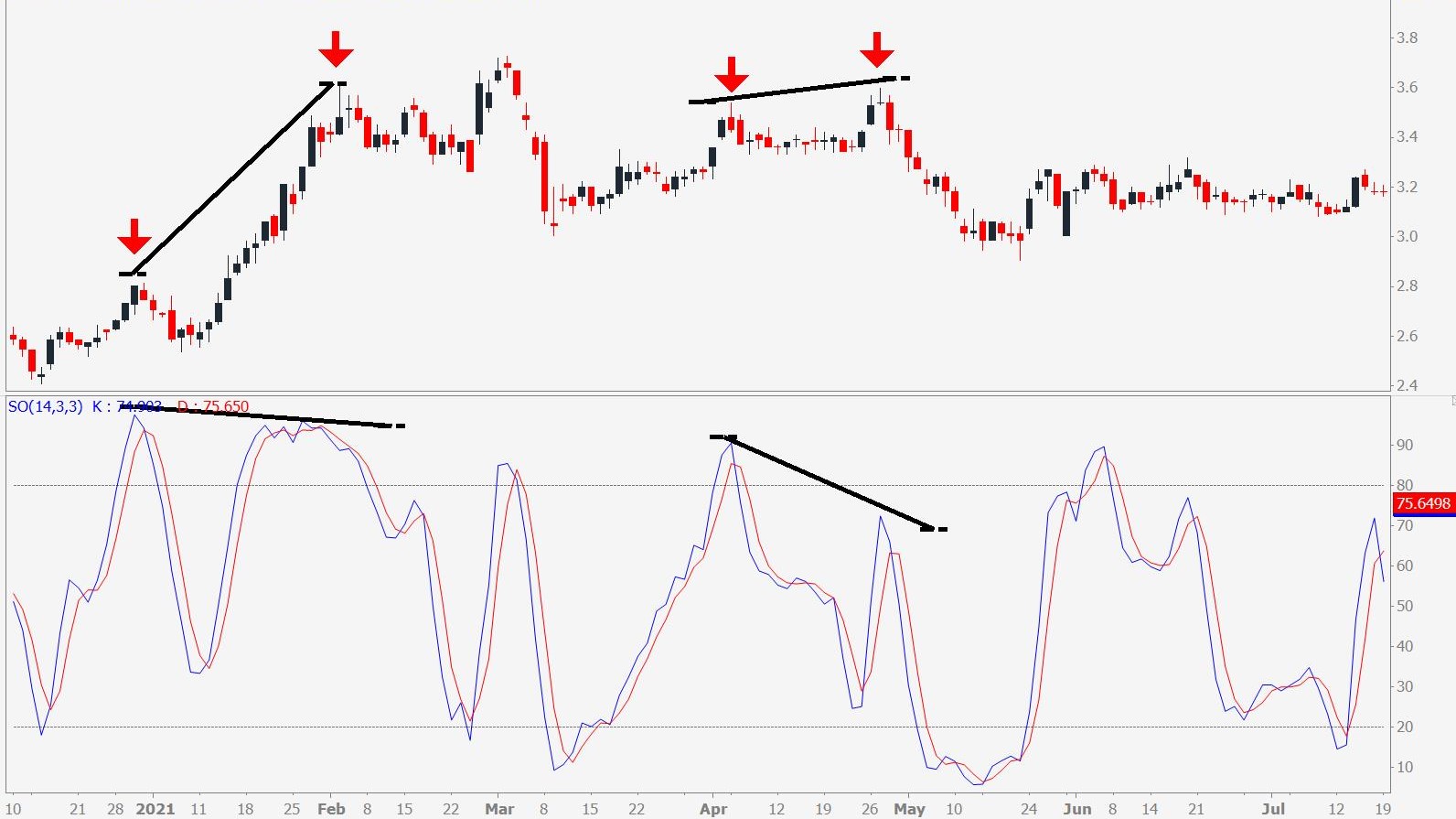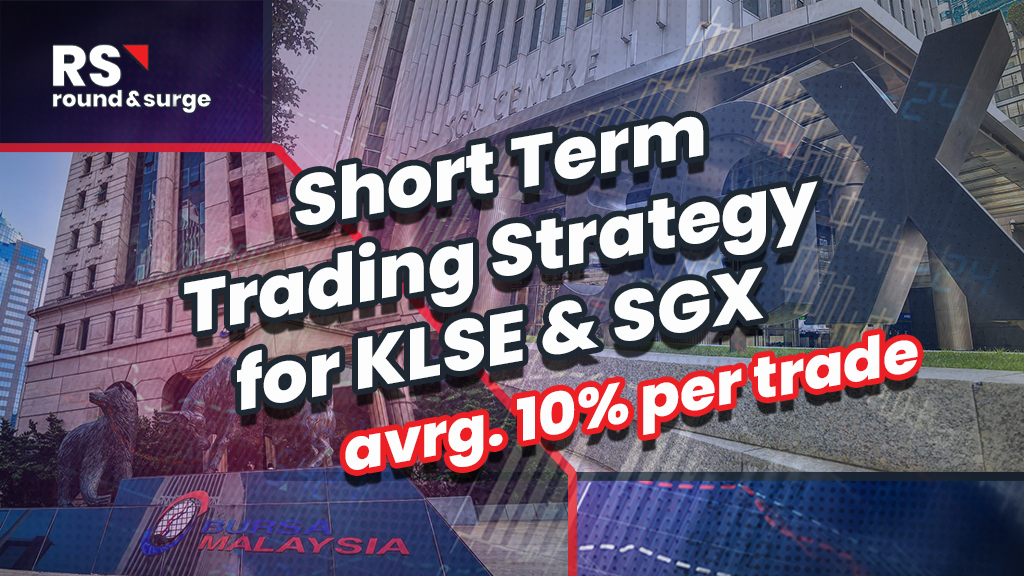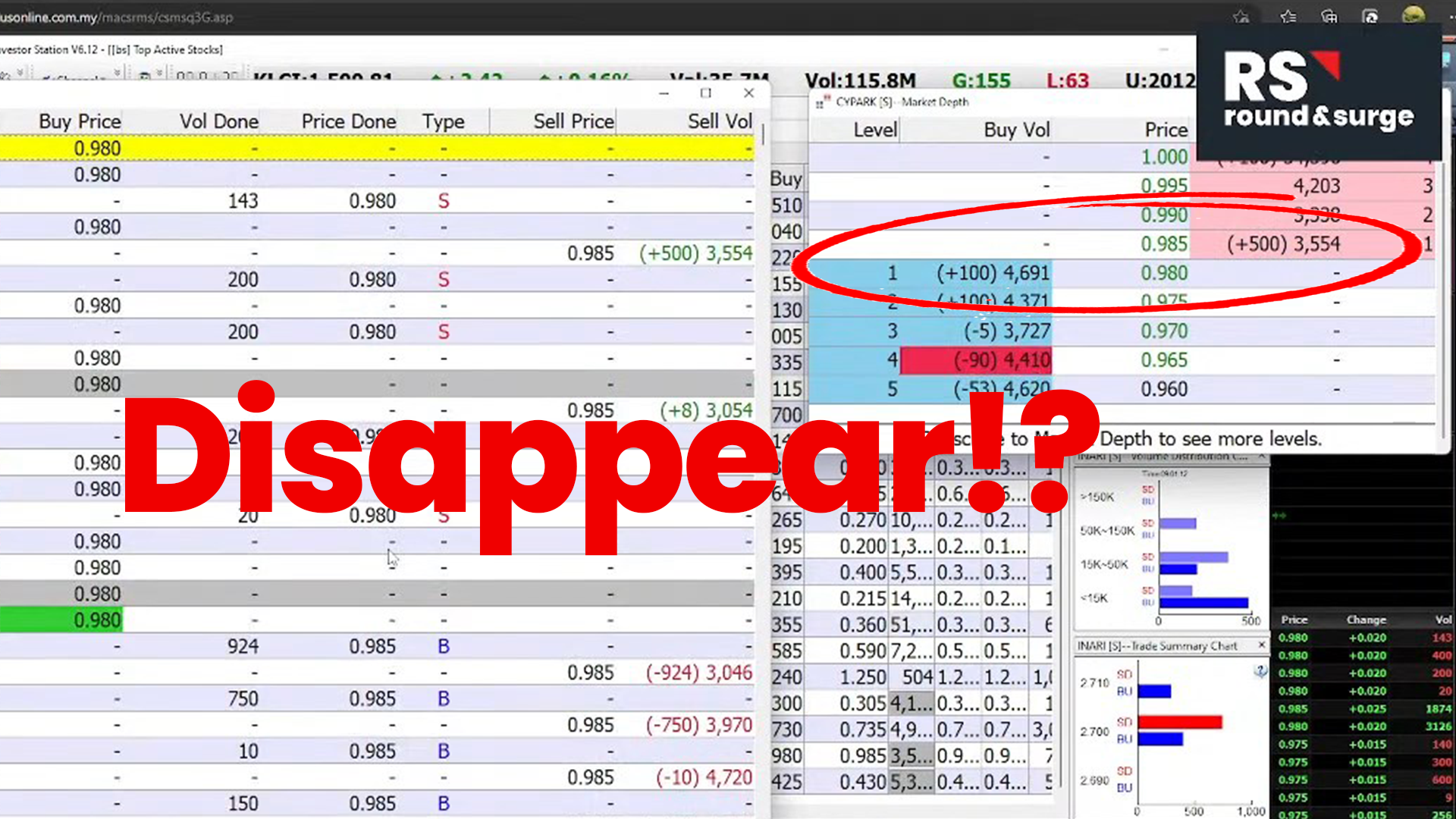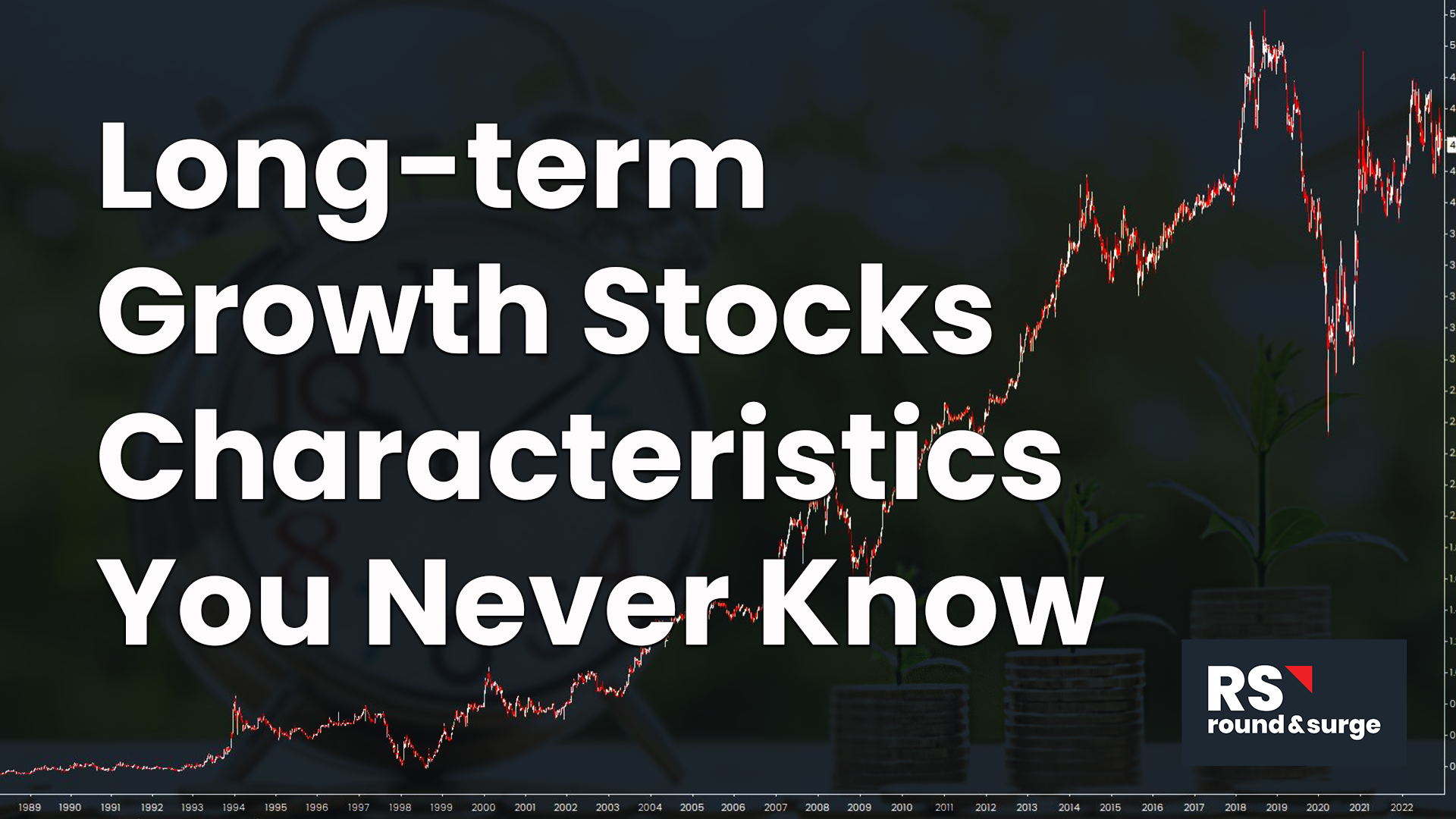When to Apply Stochastic Oscillator
roundnsurge
Publish date: Thu, 25 Nov 2021, 05:06 PM

Understanding
Stochastic Oscillator is one of the commonly used indicators by many traders to measure the exit and entry. However, there isn’t 1 indicator that fits all trends. If you like to use Stochastic Oscillator but are still confused about why it sometimes works but sometimes doesn’t, we will share with you the in-depth of this indicator, starting from the origin of its formula structure in this blog.
Stochastic Oscillator Formula:
Understanding how the formula works is important. This will let us know the data that's been used for the calculation of its lines and what are the results of this calculation for.

Can we apply %K & %D overbought oversold as an indication for exit or entry?
The answer is no because %K & %D served as an alert to us that the recent price change is near to the H14 & L14 changes range. If the big boys still have the intention to push higher, then a new H14 will be formed. OR dumping their shares to a lower price, a new H14 will be formed. That’s why you will notice that %K will often stay at the oversold zone (below 20%) when it is in a downtrend.
How do we apply a Stochastic Oscillator to gauge our entry & exit?
George Lane the developer of Stochastic Oscillator once said in an interview:
“the stochastic oscillator can be used to foreshadow reversals when the indicator reveals bullish or bearish divergences. This signal is the first, and arguably the most important…”

Take Note:
- Do not use divergence as the final indication of the short term price reversal. Short term price reversal might come later after a divergence is shown. Therefore, treat any sign of divergence as a pre-alert to a price reversal.
Please give us a LIKE to support our contribution if you find this blog helpful to you. Thank YOU!
To find out more about our Operator Analysis Pro-Trader Course, visit this link : https://bit.ly/3NVMHfS
Website : www.roundnsurge.com
Facebook: www.facebook.com/roundnsurgeofficial
Youtube: www.youtube.com/c/RoundSurgeoperatoranalysis
Instagram: @roundnsurge
Kelvin's Instagram: @kelvinnny810
Malaysia stock market is a unique market, hence it requires a customized trading approach to tackle & swerve. Many existing traders in Malaysia apply a plug-and-play strategy from the overseas stock market, but it is not necessarily the best strategy to trade in KLSE. This is due to the difference in local and overseas stock market regulation and the size of market participants of institutional funds & retail investors.
“True traders react to the market.” is the backbone of our trading method. Our findings and strategies are developed through years of trading experience and observance of the operating style in Malaysia’s stock market.
Trading Account Opening
They are offering an IntraDay trade brokerage rate at 0.05% or RM8 whichever is higher for day trading stocks RM 50,000 & above-transacted volume (buy sell the same stocks on the same day). Buy & hold at 0.08%or RM8 whichever is higher.
Open a cash account now at the link below :
https://registration.mplusonline.com/?ref-id=R311
As Kelvin’s trading client, you will be exclusively invited to join Kelvin’s weekly webinar and telegram group. Click here to join.
For more inquiry contact him by email: kelvinyap.remisier@gmail.com or 019-5567829
If we have missed out on any important information, feel free to let us know and feel free to share this information out but it will be much appreciated if you can put us as the reference for our effort and respect, thank you in advance!
To find out more about our Operator Analysis Pro-Trader Course, visit this link : https://bit.ly/3NVMHfS
More articles on Round & Surge Operator Analysis

Created by roundnsurge | Aug 09, 2023
"Master Support & Resistance: Trade Hang Seng with Big Player Insights. Learn to spot levels using price & volume analysis. Trade smarter, minimize risks. Watch YouTube for examples.

Created by roundnsurge | Jun 27, 2023
Discover the differences between Callable Bull/Bear Contracts (CBBCs) and structured warrants on the Hang Seng Index (HSI) to maximize your day trading returns.

Created by roundnsurge | May 22, 2023
Discover the incredible profit potential of Callable Bull/Bear Contracts (CBBC). The ability to profit in rising and falling markets, and lower entry barriers make CBBC the superior choice for trader.

Created by roundnsurge | Apr 17, 2023
Identify profitable rebound stocks by following big players' support during downtrends & retracement understanding their marking of price levels in this short-term trading strategy for KLSE & SGX.

Created by roundnsurge | Apr 05, 2023
Unlock your financial potential with investment and trading strategies for building current and future income.

Created by roundnsurge | Feb 04, 2023
Being able to accept our losses is the first step in being able to learn from them and turn that into future profit!

Created by roundnsurge | Jan 29, 2023
We're going to give you an insider's look at how the big boys get their info and make trades, so that you can do it too!

Created by roundnsurge | Jan 12, 2023
We can’t avoid big boys in the stock market, so we learn how they operate & take advantage of their price movement for our better entry & exit.



















